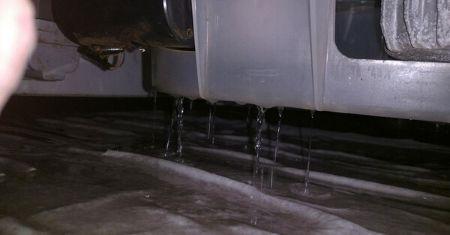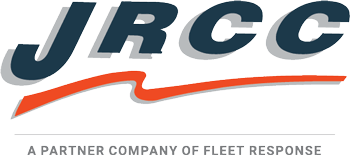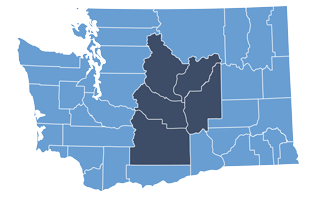News
Three Categories of Water Damage

When you experience water damage, proper drying isn’t the only reason to call in a professional restoration company. Not all water damages are created equal, and there are different types of water that pose varying risks to your health. The Institute of Inspection, Cleaning, and Restoration Certification (IICRC) , the non-profit certifying body for the cleaning and restoration industry, categorizes water damages into three different classes. These classes are based on the level of contamination from the source of the water.
Category 1: Clean Water
Clean water poses no substantial threat to human health on its own. It comes from clean and sanitary sources. Although it’s clean when it comes from the source, clean water is not without risks. If it’s not extracted and dried promptly, there is always the risk for mold growth. Additionally, clean water can degrade to Category 2 water if it’s left for too long. Some sources of clean water include:
Water lines
Faucets
Drinking fountains
Shower heads
Category 2: Gray Water
Gray water poses a health risk to humans, although the risk is usually not significant or life-threatening. The sources of Category 2 water contain a significant degree of chemical, biological, or physical contaminants that often cause illness or discomfort when the water is consumed and sometimes cause health issues just with exposure. Some sources of gray water are:
Dishwasher and washing machine discharge
Toilets containing urine but no feces
Sump pump failures
Seepage
Category 3: Black Water
The IICRC refers to black water as “grossly unsanitary.” This water can contain extremely harmful contaminants that can cause illness through exposure and severe illness or even death from ingestion. It’s extremely important that Category 3 water always be handled only by professionals who are trained in proper safety and sanitation techniques. Some sources of black water are:
Category 2 water that’s left uncleaned or stagnant
Sewers
Toilets with feces
Sea water
Rising water from rivers or streams
It’s crucial to distinguish between the three different categories of water when dealing with water damage because they pose various risks to human health. It’s particularly important to be aware of the sources of Category 2 and 3 water because they can cause severe illnesses and even death. No matter the source of the water, it’s always a good idea to call in an IICRC professional to handle the cleaning and drying process to minimize the risk to both property and health.

